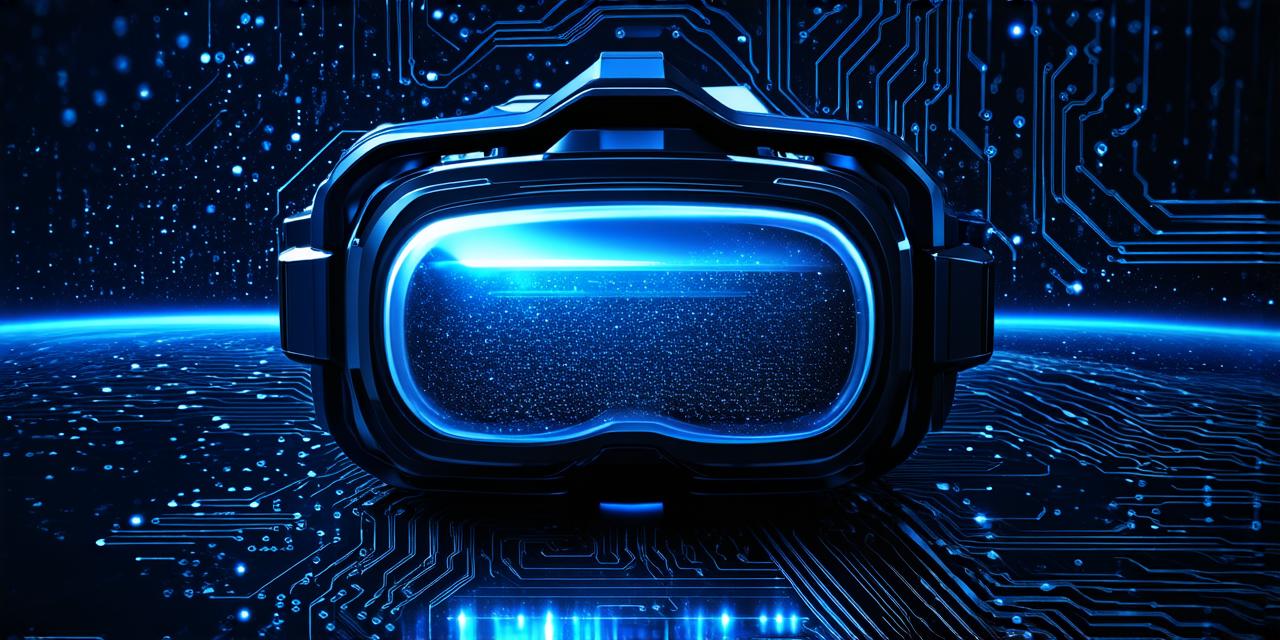Virtual reality (VR) is an emerging technology that allows users to experience immersive 3D environments. It’s becoming increasingly popular, with applications ranging from gaming and entertainment to education and healthcare.
Getting Started with Unity
Unity is a powerful game engine that supports 2D, 3D, AR and VR development. It has a large community of developers, which means there are plenty of resources available to help you get started.
To use Unity for VR development, you will need to download the latest version of the software from the official website.
Creating Your First Virtual Reality Application
- Create a new project in Unity and choose the “VR” template. This will set up your project with some basic VR settings.
- Import your 3D models into Unity. You can use any 3D modeling software to create your models, but popular choices include Blender, Maya, and 3DS Max.
- Add textures and materials to your models. Textures are images that are applied to the surface of your models to give them a more realistic appearance. Materials define how light interacts with your models.
- Create a virtual environment by adding backgrounds and other assets. You can use Unity’s built-in tools or import your own assets to create a realistic environment for your VR application.
- Write code to control the behavior of your application. You will need to write code to make your models move, interact with each other, and respond to user input.
- Test your application on a virtual reality headset. Unity supports a variety of VR headsets, including Oculus Rift, HTC Vive, and PlayStation VR.
- Publish your application to the appropriate platform. Depending on your target audience, you may want to publish your application on the App Store or Google Play for mobile devices, or through a separate distribution channel for PCs.
Best Practices for VR Development
Here are some best practices to keep in mind when creating a virtual reality application:
- Keep your user interface simple and intuitive. In a virtual environment, it’s easy for users to become disoriented, so it’s important to keep your user interface simple and intuitive. Use clear, concise language and avoid cluttering the screen with too much information.
- Optimize your application for performance. VR applications require a lot of processing power, so it’s important to optimize your application for performance. This means using efficient coding techniques, reducing the number of draw calls, and minimizing texture sizes.
- Use motion sickness-friendly techniques. Motion sickness is a common problem when using virtual reality, so it’s important to use motion sickness-friendly techniques. This includes using smooth transitions, avoiding sudden movements, and providing users with options to adjust the speed of the environment.
- Test your application on multiple devices. Different VR headsets have different hardware specifications, so it’s important to test your application on multiple devices to ensure that it works well across all platforms.
- Consider the needs of your target audience. Your target audience will have specific needs and preferences, so it’s important to consider these when creating your virtual reality application. For example, if you are creating an educational application, you may want to include interactive elements and quizzes.
Case Studies in VR Development
Here are a few examples of successful virtual reality applications that have been developed using Unity:
- Job Simulator: Job Simulator is a virtual reality game that allows players to simulate various jobs, such as being a chef or an astronaut.
